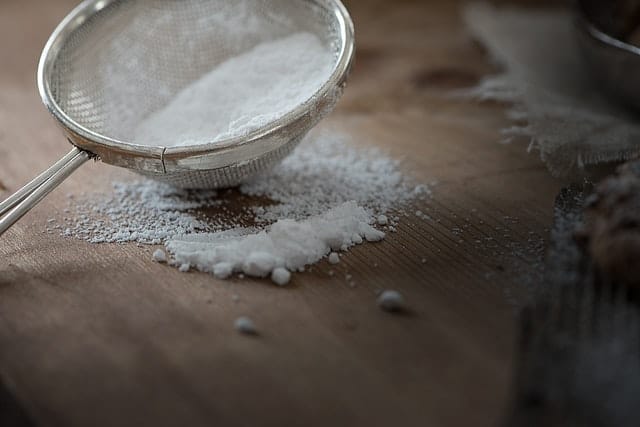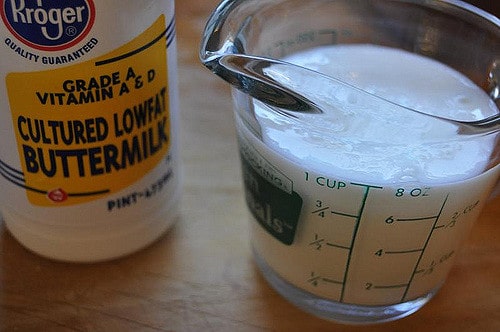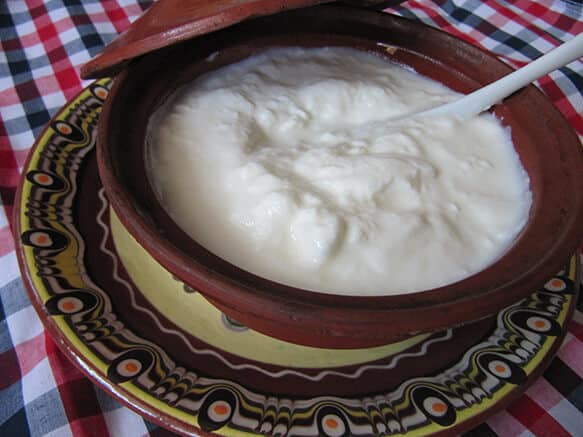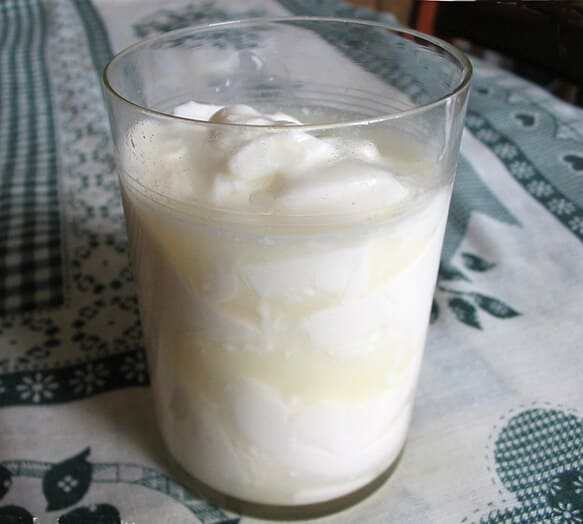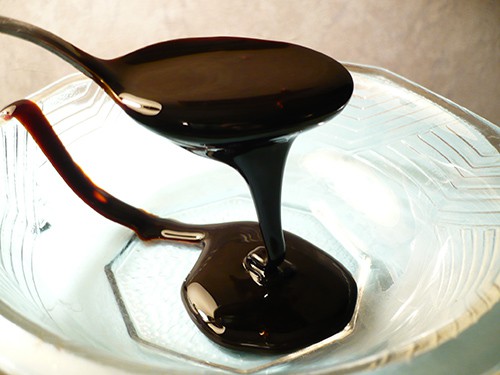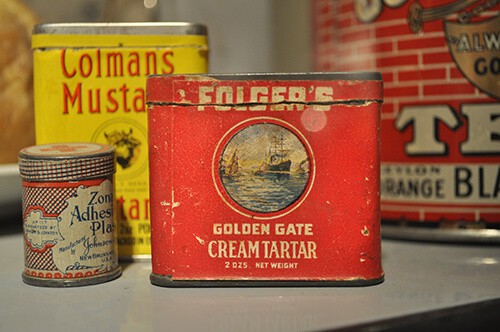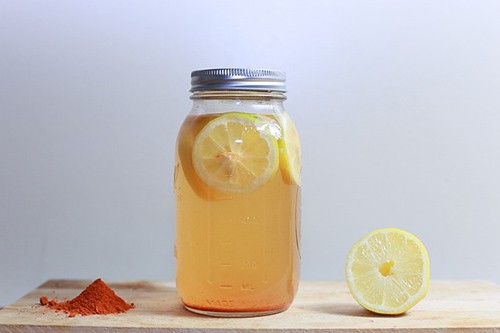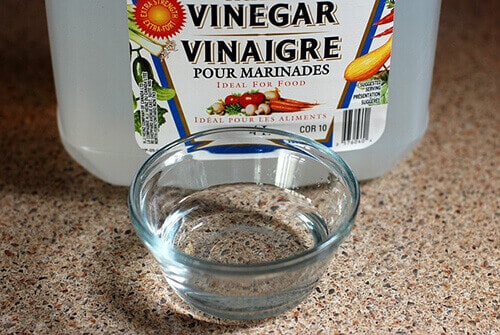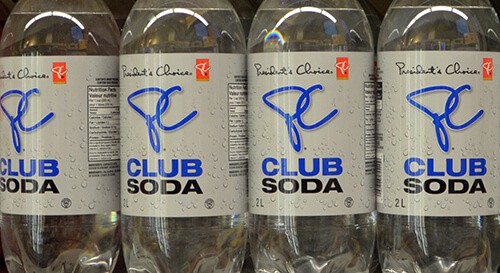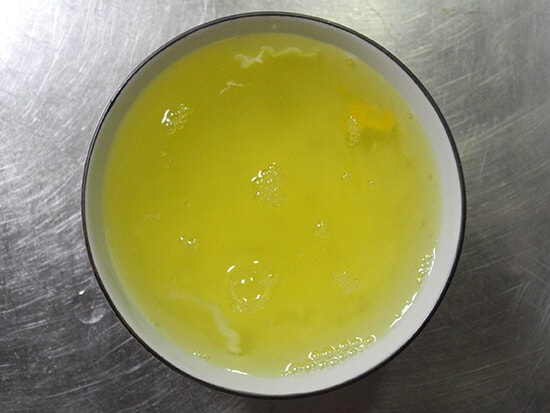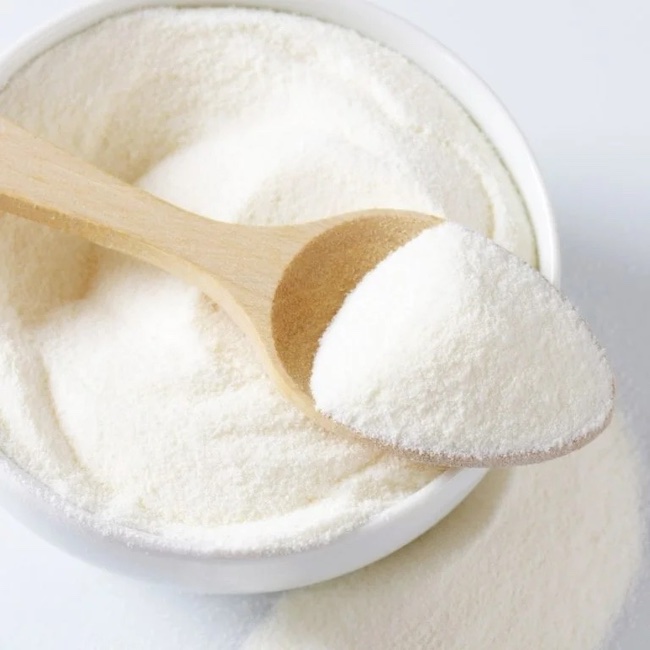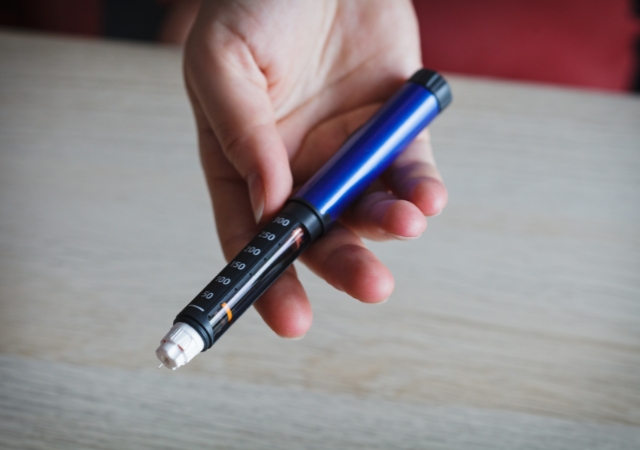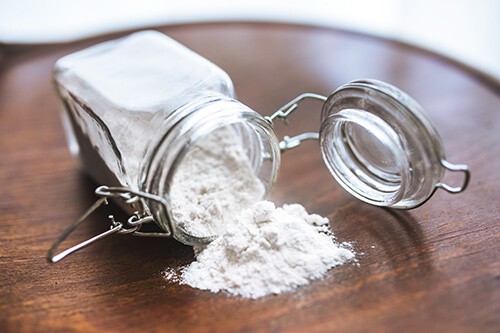
Baking powder is extremely low in carbohydrates, with only 1.3 grams per tablespoon of total carbohydrates, zero fat and only a little over 2 calories. The worst part about it, though, is the high sodium or salt content which can be close to 500 mg per tablespoon.
Whether you have diabetes or are out of the traditional baking powder, you may want to consider substituting baking powder due to its high salt content.
The question, however, is: what can you substitute it with so that your baked goods will still rise properly and also have the desired texture? The good news is that there are many options or even better, you can make your own.
Contents
What is baking powder and what does it do?
Baking powder is used in baking goods to help them rise properly. Without it or a substitute for it, your bread and other baked goods will be flat, without the presence of the light and fluffy texture which is the hallmark of baking.
Baking powder has sodium bicarbonate in it, which is a “base,” as opposed to an “acid.” It’s mixed with an acid, such as cornstarch or cream of tartar to counteract it.
When baking, it gets combined with water and the cream of tartar or the cornstarch in it gets together for a chemical reaction. This process forms and releases carbon dioxide. That’s where you get bubbles in the baked good, which cause it to rise, giving the light texture. 1
Baking soda, then, can’t be used to replace baking power, because it doesn’t have the “acid” component (cream of tartar or corn starch) to cause the baked goods to rise appropriately. In recipes, you will notice that you will mix the baking powder into the flour and other ingredients, adding the liquid at the end. This is to ensure the process of rising at the proper time. 2
There are two different types of backing powder
- Single acting (one acid component) – this is used to bake right away due to the quick reaction once liquid is added and is mostly used in commercial bakeries and restaurants
- Double acting (two acid components) – slower acting, for slower rising of baked goods and mostly for home use
Alternatives to baking powder
There are many different alternatives that you can use in place of baking powder in baked goods. If you don’t want all the salt because you are watching your blood pressure, try one of the healthier option below.
I recommend reading the following articles:
- 20 Healthy Flours from Lowest to Highest Carbohydrates
- How to Create Your Own Diabetes Friendly Recipes
- 8 Best Smoothies For People With Diabetes
- 12 Leading Experts Share How To Deal & Cope with Eating Disorders
- Must Have Kitchen Items: 101 Items Every Healthy Kitchen Needs
- Recently Diagnosed – Prediabetes Patient Where Do I Begin?
Buttermilk
Buttermilk is fermented. It has a sour taste similar to yogurt and is made when cream is churned. Bacteria is added when it’s manufactured commercially, which allows the product to ferment. Fermenting the cream turns it from mostly sugar to an acid.
You can get your baked goods to rise by using buttermilk mixed with baking soda. For any recipes, you will want to add a half cup of buttermilk and a quarter teaspoon of baking soda to your mixture. This will be a great and equal substitute to one teaspoon of baking powder.
You will have to reconsider the amount of the other liquids called in your recipe. If you were to use a cup of milk in the recipe, reduce that amount by half, to one half cup of liquid.
Plain yogurt
Plain Greek yogurt can also be used to substitute baking powder in your baked goods. It is similarly manufactured as the buttermilk where a fermentation process is used to turn it to an acid. The sugars get broken down which increases the release of lactic acid. 5
You will want to use the plain variety, as flavored varieties can move the pH of the mixture to a more “basic” level. You can use plain yogurt in your baked goods by swapping out one teaspoon of baking powder with one quarter teaspoon of baking soda and one half cup of yogurt.
You will also want to account for any extra liquids in your recipe by reducing them by the amount of yogurt (one half cup).
Sour milk
This may sound strange, but you can use soured milk in your recipes in the place of baking powder. Why? Because soured milk already contains the bacteria in it that turns it to an acid chemically.
You will get the same rising ability in baked goods as you would with baking powder. Again, reduce the amount of liquids in the recipe like you would do when substituting buttermilk or plain yogurt.
It’s still a half cup of sour milk that you will use to substitute for one teaspoon of baking powder, plus a fourth or quarter teaspoon of baking soda.
Molasses
A thick, syrupy natural sweetener, molasses is an old-timer baking secret for sweetening cakes, cookies, breads and other baked goods. It’s also good for using when you’re out of baking powder, or when your doctor doesn’t want you to have all the sodium or salt. If you have diabetes, you need to account for the carbohydrates in molasses. It is sugar, after all.
When added to baking soda, molasses combines to chemically form an acid. For baking, put in about a fourth or quarter cup of molasses along with a fourth or quarter teaspoon of baking soda. That will replace one teaspoon of your baking powder.
It’s a liquid sugar, so adjust the amount of liquids that your recipe calls for.
Cream of tartar
Another acidic ingredient, cream of tartar is a powdery white substance that occurs after wine has been made. It’s used in other baking techniques, such as making meringue to keep the egg whites fluffy.
You can use it as a substitute for your baking needs when you don’t have baking powder, by using twice as much cream of tartar to baking soda. Replace one teaspoon of baking powder with one quarter or one fourth baking soda and a half teaspoon of cream of tartar.
Lemon juice
Another acidy option is lemon juice. It will help to start off the rising process in your baked goods.
Lemons are strong in taste and flavor due to the citric acid in them. If you want to use it in recipes, then use it in those that only call for a little bit of baking powder. For no more than one teaspoon of baking powder, substitute one quarter or one fourth teaspoon lemon juice plus a half teaspoon of baking soda.
If you don’t like the strong taste it gives your baked goods, try one of our other options here.
Vinegar
Vinegar is by nature an acid, so you can use it as a substitute for baking powder. If used in small amounts, you won’t notice the taste of it in your baking.
It will help cookies, cakes and breads rise if you use the white variety of vinegar, and not the apple cider kind. The white vinegar is clear, and apple cider vinegar is yellowish brown, so be sure to get the white kind. Apple cider vinegar gives too strong of a taste for use in baking.
Use one quarter or fourth teaspoon of baking soda mixed with one half teaspoon of white vinegar to replace one teaspoon of baking powder.
Club soda
Club soda has sodium bicarbonate in it. It’s liquid baking soda, which is why it’s fine to use for baking as well.
Some restaurants use club soda to make fluffy baked goods, and you can too. You will need to use club soda a little differently in your recipes. Replace any liquids in your recipes with it and see how fluffy it makes your baked goods.
When you replace milk in a recipe with club soda, you also replace carbohydrates and calories in milk with zero carbohydrates and calories of the club soda. This would be a good substitute for someone with diabetes, or for someone who is lactose intolerant or watching their calories and fats.
Egg whites (whipped)
Egg whites are another great substitute for baking powder in your recipes. It’s a bakery secret that egg whites can replace baking powder for increased fluffiness and light texture.
Beating eggs helps to form air that increases the rising of the baked goods. My mother used to use this in her French cooking techniques when she made soufflés and they would pop right up in the oven.
For meringues and recipes, they require lower fat ingredients (angel food cake) which you will find in whipped egg whites as one of the ingredients. You will want to whip your egg whites with a whisk or blender, until they start to get bubbles and look fluffy.
Whipped egg whites will be included in the recipe instead of baking powder, so you won’t need to worry about how to substitute it. There won’t be baking powder in these recipes, as egg whites serve the same purpose for making baked goods fluffy and light.
Are the alternatives healthier than the actual baking powder?
Which one of these choices would be the ultimate substitute for you? If you want your baked goods sweet, try molasses. If you want your bread to taste like sourdough, try vinegar. If you’re watching your calories, carbohydrates or are lactose intolerant, try club soda.
For those with diabetes, club soda and vinegar could also be a good choice, due to no sugar or carbohydrates in it. On an American Diabetes Association diet, you can just count in the carbohydrates from the molasses if you use that, but you will have to cut out some of the carbohydrates from something else.
Further reading:
Take home for baking powder
Baking powder or a substitute is essential to use in baked goods if you want them to rise. Any of these substitutes will work for you when you want to stray away from traditional baking powder either for health reasons or if you are being adventurous. Try a few at home, and let us know how it went in the comments section below. Were there certain substitutions that you liked, or didn’t like? Do you have a secret alternative that we missed? Let us know in the comments box.Always check the labels for baking powder if you do go with that. 1,2
TheDiabetesCouncil Article | Reviewed by Dr. Sergii Vasyliuk MD on May 28, 2020


